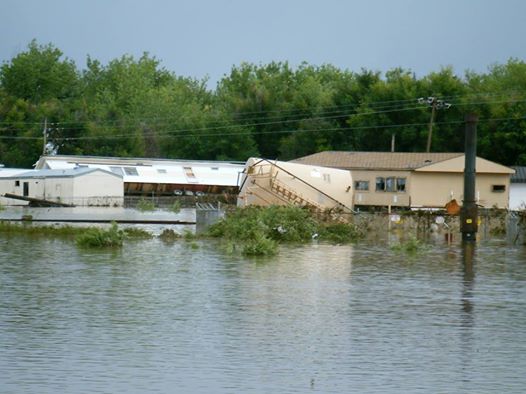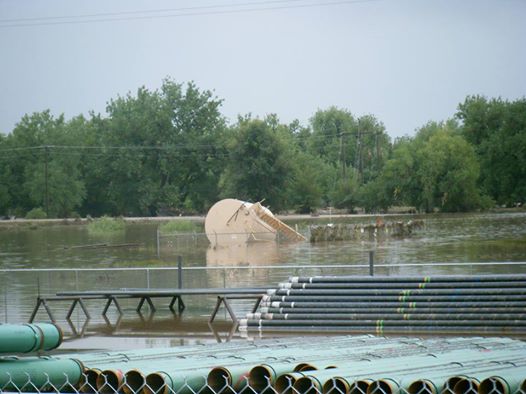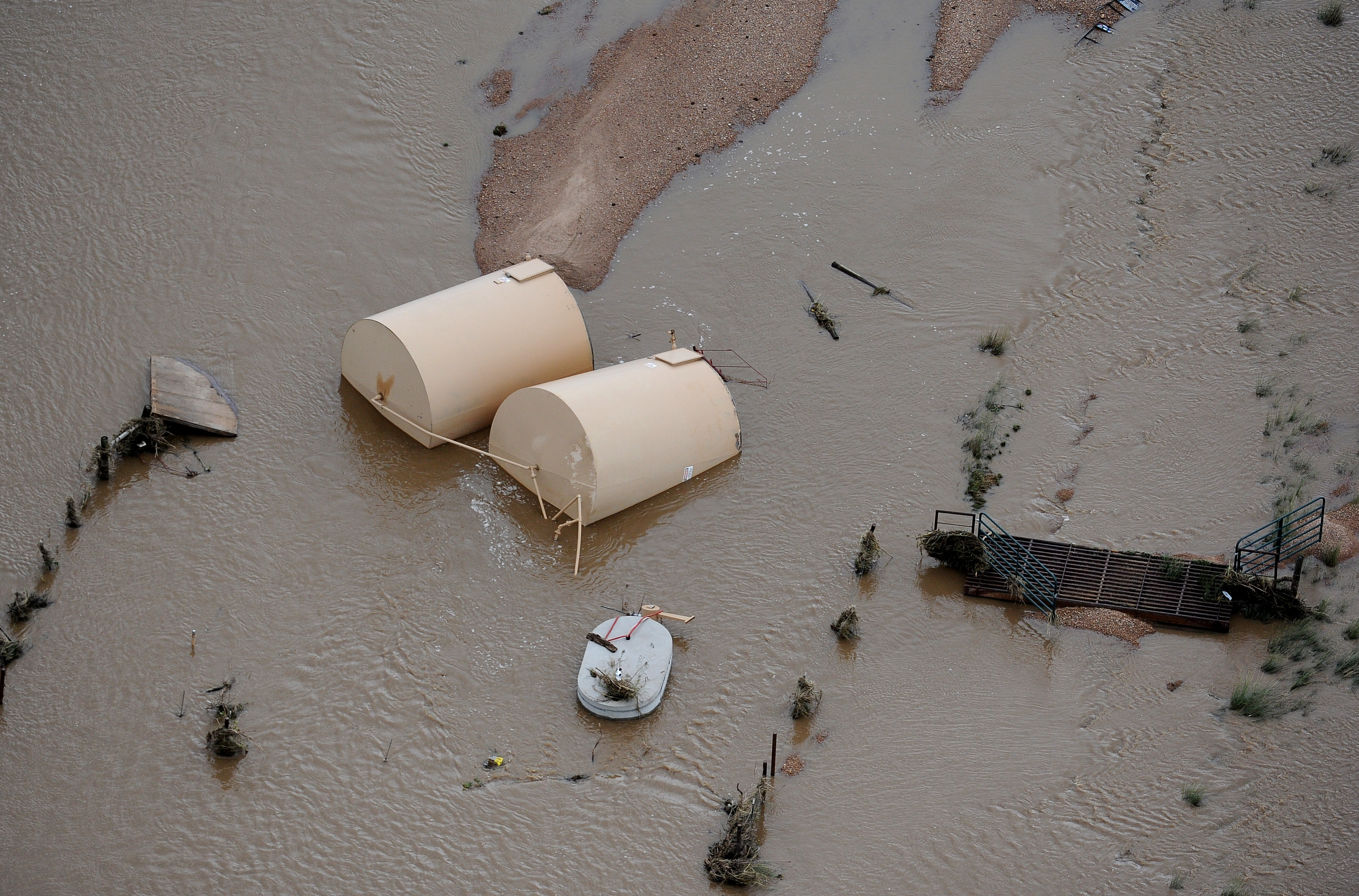As drilling activity in the onshore US continues to grow, more and more attention is being paid to the environmental effects of exploration and production. Media stories abound about groundwater contamination, the demand for fresh water from hydraulic fracturing, increased air emissions from exploration and production, controversy over pipeline condemnation and construction, earthquakes linked to wastewater injection, increased traffic and accidents, and effects on endangered species. Recent examples:
Air Emissions
This week The Center for Public Integrity, InsideClimate News and The Weather Channel released a report, Big Oil, Bad Air, on the effects of drilling in the Eagle Ford Shale on air quality in South Texas. The report is highly critical of the lack of regulation by the Texas Commission of Environmental Quality (TCEQ) of emissions from oil and gas exploration and production operations in that region. Criticism of the report has already hit the media. Here is an industry response to the report from Energy in Depth, a website sponsored by industry. The TCEQ says it plans to conduct video surveillance of air quality over the region this summer.
 Oil and Gas Lawyer Blog
Oil and Gas Lawyer Blog




